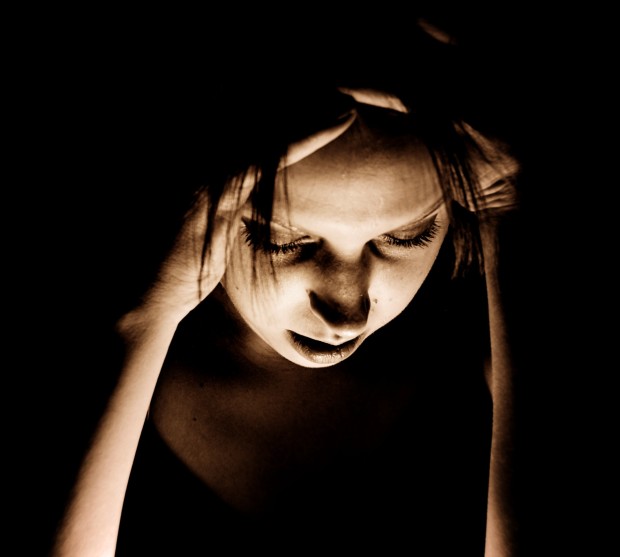The Girl Who Cried Pain: A Bias Against Women in the Treatment of Pain
2001 Journal of Law, Medicine & Ethics, Vol. 29, pp. 13-27, 2001
Authors: Diane E. Hoffmann-University of Maryland Francis King Carey School of Law and Anita J. Tarzian-University of Maryland Francis King Carey School of Law
Abstract:
In general, women report more severe levels of pain, more frequent incidences of pain, and pain of longer duration than men, but are nonetheless treated for pain less aggressively. The authors investigate this paradox from two perspectives: Do men and women in fact experience pain differently - whether biologically, cognitively, and/or emotionally? And regardless of the answer, what accounts for the differences in the pain treatment they receive, and what can we do to correct this situation?
FULL TEXT Located HERE

